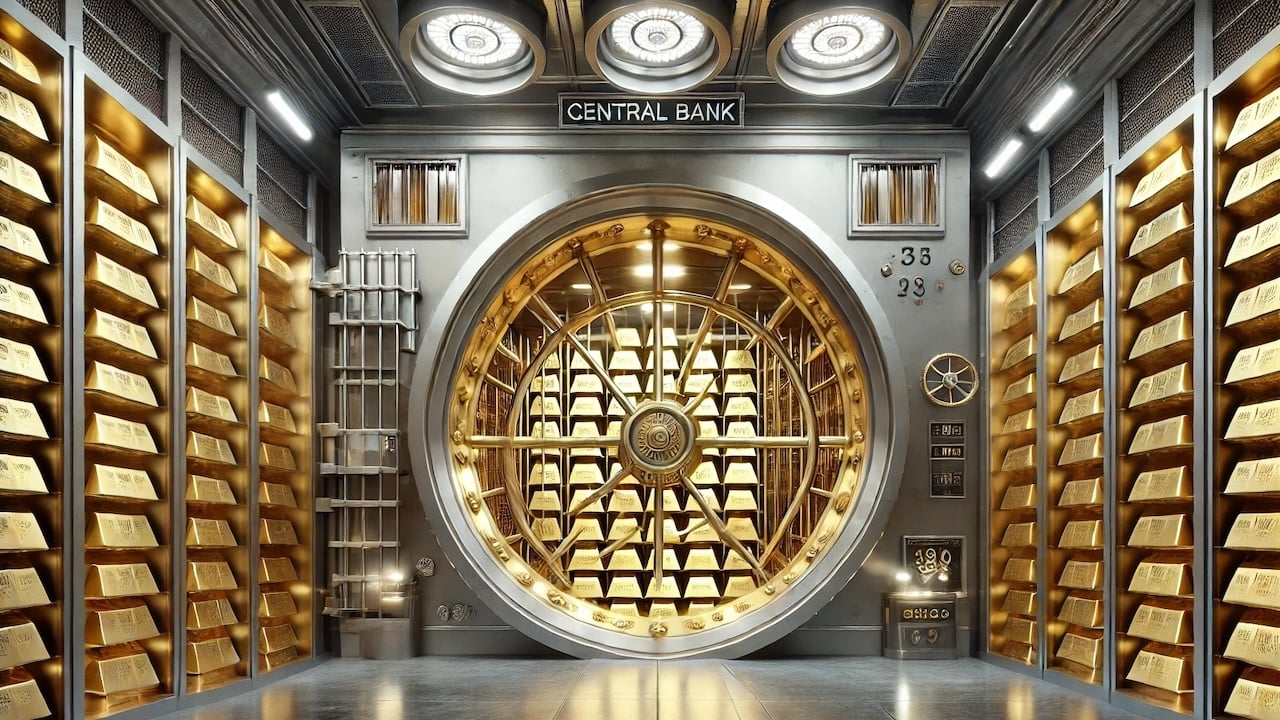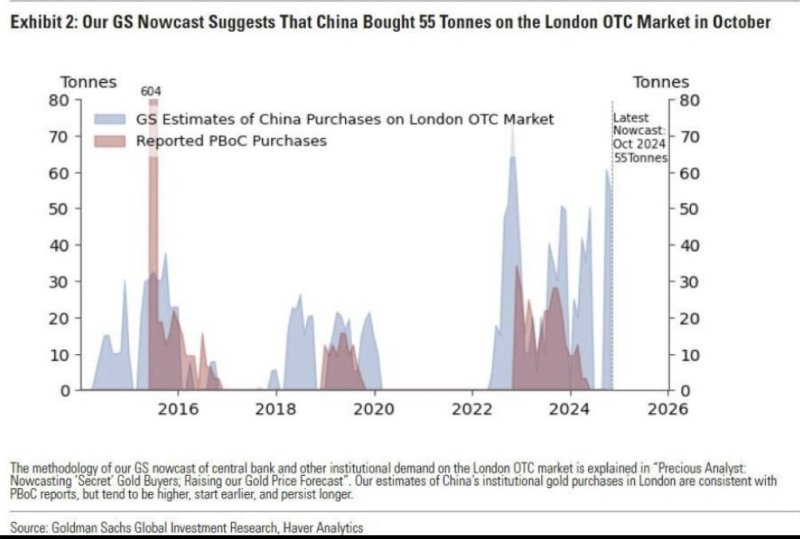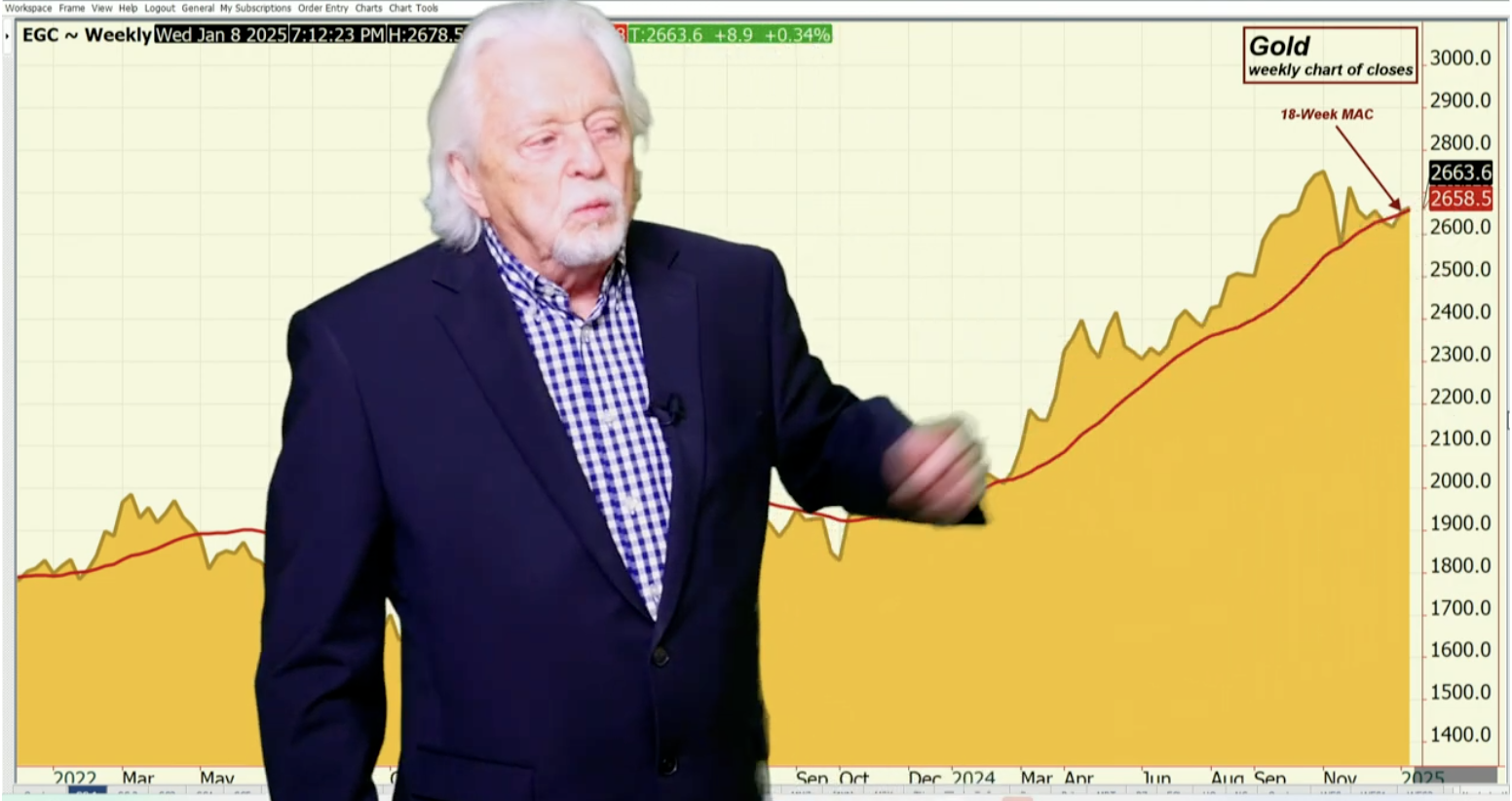Time will tell. It was the most important non-event Fed meeting in recent memory. The Fed did exactly what nearly everyone believed it would do and lowered interest rates by half a percentage point. Had it done any less, investors would have been shocked, and that probably would have moved markets for the worse, except they moved for worse anyway.
Even I, having completely held out against a slew of manic Fed rate-cut predictions over the past two years, predicted the Fed would cut rates at this meeting and most likely by 0.5%. It was finally the right position for me to take and not just the popular one, even if the Fed does it for all the wrong reasons. It was the right position because it was predictable the Fed would do it, not because the Fed had the right reasons to do it.
The Fed had signaled this pretty clearly, and with the needle finally moving a little on unemployment to help them take their foot off the brake and with inflation still lying low through summer, there was not much reason to think the Fed would do anything less.
That doesn’t mean there won’t be an inflation payback, as I expected the inflationary back pressure I’ve been pointing out probably wouldn’t show up in consumer inflation quite in time for this meeting.
It’s all highly peculiar
There is, however, something odd about this rate cut, even though most of us expected the Fed would cut rates by half a percent. See if you can see it:
Outside of the emergency rate reductions during Covid, the last time the FOMC cut by half a point was in 2008 during the global financial crisis.
The only times in recent history where the Fed has cut rates by this much in one cut were during the Covid crisis and during the Global Financial Crisis, otherwise known as the Great Recession. Why a crisis-level cut? Well, for me the answer is obvious: We’re already sliding into a stealth recession, and the Fed fears that is true. It feels it in its bones, even if it doesn’t see it in its metrics. Even for others, it may be apparent that we’re, at least, teetering on recession, though they don’t see that we’re in one.
Sure GDP says otherwise, and Wolf Richter points out that solid retail sales report moves the needle up even higher on GDP, putting recession further away. I’m not going by GDP, however, and neither is the highly reliable Sahm Rule that confirms, based on recent unemployment averages, that we’re already in recession. Still, with employment statistics so completely fouled up, as I’ve been saying since Covid, the Sahm Rule, which is dependent on employment data, is likely also fouled up. Even its own creator doesn’t believe it is right this time, but she’s an economist, and those types love to run with the security of the pack.
So, the jury remains out as to whether I’m right to call this a stealth/covert recession. We’ll have to see what happens with unemployment in the remainder of this year.
If GDP stays up to where the Atlanta Fed has just moved its GDPNow gauge inflation keeps going down and unemployment stays in check, then Powell has scored his perfect soft landing, and my biggest prediction in recent years is all washed up. But that’s a lot of ifs.
For the present, however, Powell just set his plane on the ground, but the tarmac has a few landmines and obstacles. If inflation returns to rising, then Powell didn’t really land at all because “landing” never just meant that he lowered rates (the landing gear). It meant that he beat inflation. That is still unproven, though he looks close. However, if jobs crash and unemployment soars, then the economy crashes, and the whole “soft landing” dream goes up in smoke, and we get to do this all over again, much to everyone’s huge dismay.
Powell must be concerned that things could still go south, as must be all his copilots, because they typically would never cut rates this much if, in fact, it’s a given at this point that the landing was soft. All they’d do is coast to a stop on the tarmac, open the door, and wave to the admiring crowd. A big cut betrays some fear that smaller cuts could bring problems.
The decision lowers the federal funds rate to a range between 4.75%-5%. While the rate sets short-term borrowing costs for banks, it spills over into multiple consumer products such as mortgages, auto loans and credit cards.
… let’s not forget the government’s financial costs. So, that is one alternative explanation for the big cut, but the Fed would deny it. It is helping the government service its gargantuan debt in favor of Biden and Harris.
By those things that the rate cuts spill into, as just listed above, a half-percent cut can also readily re-stimulate the economy, which is already supposedly flying at cruising altitude so it doesn’t need stimulus if GDP is right, and inflation.
In addition to this reduction, the committee indicated through its “dot plot” the equivalent of 50 more basis points of cuts by the end of the year, close to market pricing.
Well, and maybe the Fed heads have a lot of money in stocks, despite recent new self-imposed rules, and don’t want to kill the golden goose, or they have a lot of friends who do, and they want to remain popular, not party poopers. Since the market had convinced itself that THE MARKET needed a 50-basis-point cut, who was the Fed to disappoint and be a party spoiler? So, there is that.
However, according to Powell’s summary statement,
The Committee has gained greater confidence that inflation is moving sustainably toward 2 percent, and judges that the risks to achieving its employment and inflation goals are roughly in balance.
O.K. Soft landing scored … until we see what the next few months bring.
We’re trying to achieve a situation where we restore price stability without the kind of painful increase in unemployment that has come sometimes with this inflation. That’s what we’re trying to do, and I think you could take the action as a sign of our strong commitment to achieve that goal.
I don’t think they are breathing easy on the soft landing just yet because inflation hasn’t quite landed yet. The plane’s rear sets of wheels are on the ground, but the nose is still up in the air. Now comes the time when they hope it doesn’t bounce off the tarmac or break the nose gear.
FOMC officials raised their expected unemployment rate this year to 4.4%, from the 4% projection at the last update in June
The Sahm Rule says that, once unemployment goes over 4.3% (based on its last sustained low), then it will skyrocket by turning up parabolically. Based on history, it always has. We shall see.
Stocks initially loved this news and then tanked. Also interesting. (A case of buy the news, sell the event?) And 10Yr bond yields initially liked the news then also spiked. Also interesting.
Powell did note that a big downward revision in the estimates for job growth did play a role in the major interest cut. That would probably allude to the recent massive downward job revision to the Bureau of Labor Statistics always-lying job numbers—a revision when they hoped few were paying attention to -818,000 jobs for the year. Oops.
Of course, economists were out to lunch on this highly anticipated Fed move, with only 9 out of 113 believing the Fed would cut by this much.
The Fed’s interest expectations (through what are called its “dot plots” that show where members think they’ll be setting interest rates in the future) are now in line with market expectations, even if not in line with economists who thought the Fed would never do emergency rate cuts since there is, in their view, no emergency on the event horizon.
Stocks at record highs and home-prices at record highs (and rising at 6.5% per year), inflation’s path lower has stalled, and the latest labor market data was anything but clearly supportive of a cut (let alone a 50bps cut).
The cut didn’t seem very “data dependent,” as the Fed always claims it is. Of course, there is an election. (Just sayin’.) And a stock market to keep happy. (Just sayin’.) And a government that can barely afford the trillion dollars per year that its interest rates have now escalated its debt-service costs up to. (Just sayin’.)
None of the reasons I can think of for the scale of the Fed’s rate cut are flattering to the Fed, least of all the possibility that it, too, maybe fearing unemployment will skyrocket as it always has once it has gone past the present tipping point by the Sahm Rule’s metrics, blowing a soft landing right off the runway. Nor is there any possibility that the Fed has just lit inflation’s tail back on fire again.
So, much remains to be seen. Don’t count your landings until the plane has rolled up to the ramp or into the hanger.
Read the full article here












Leave a Reply